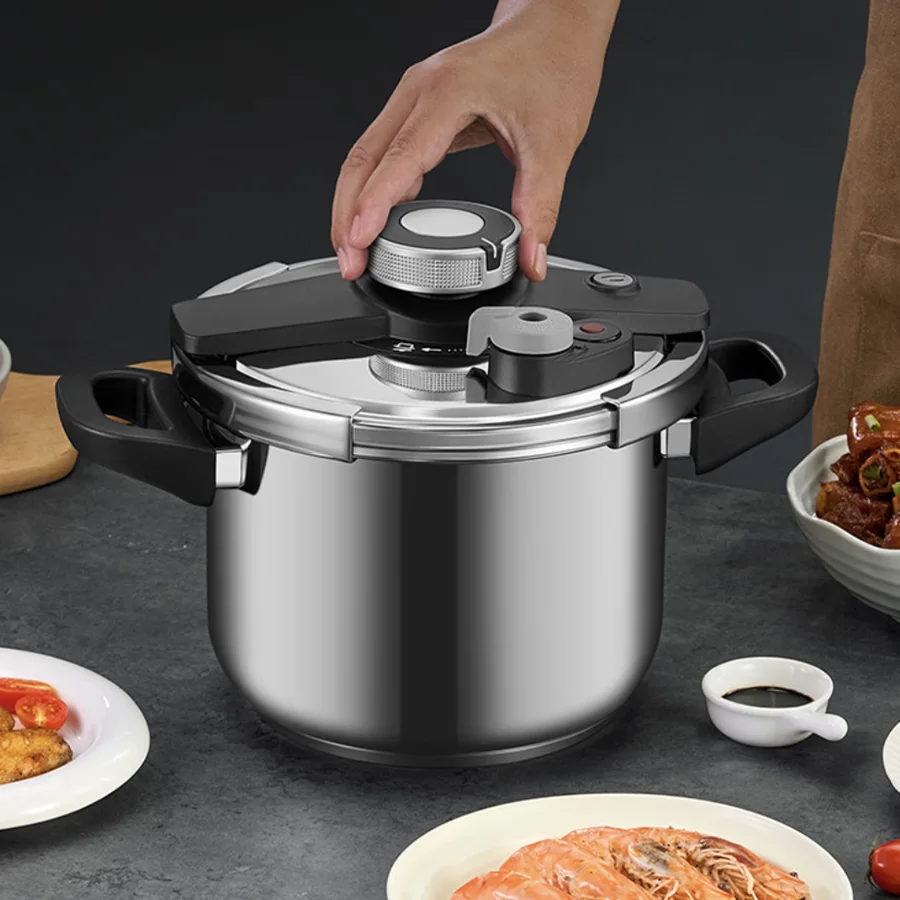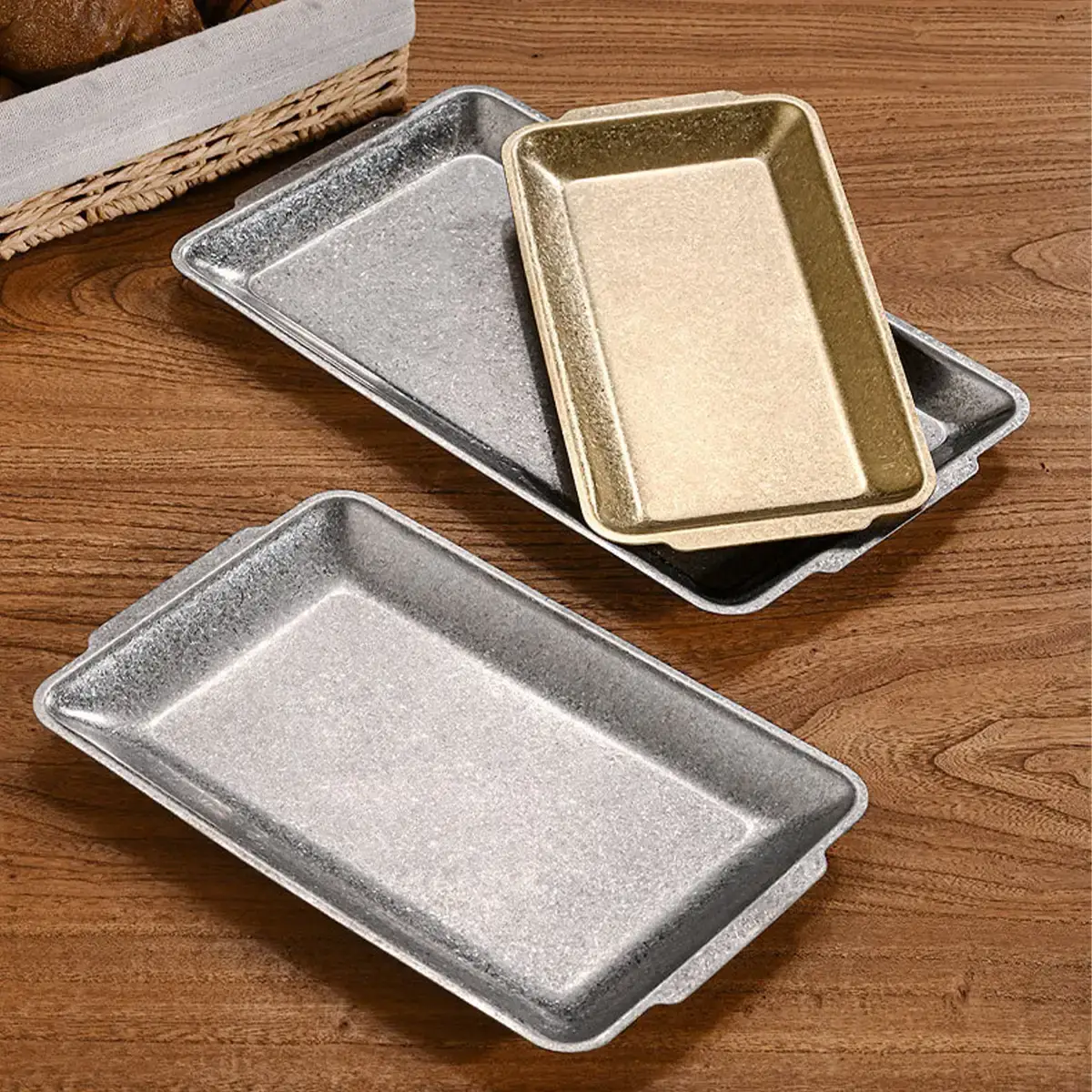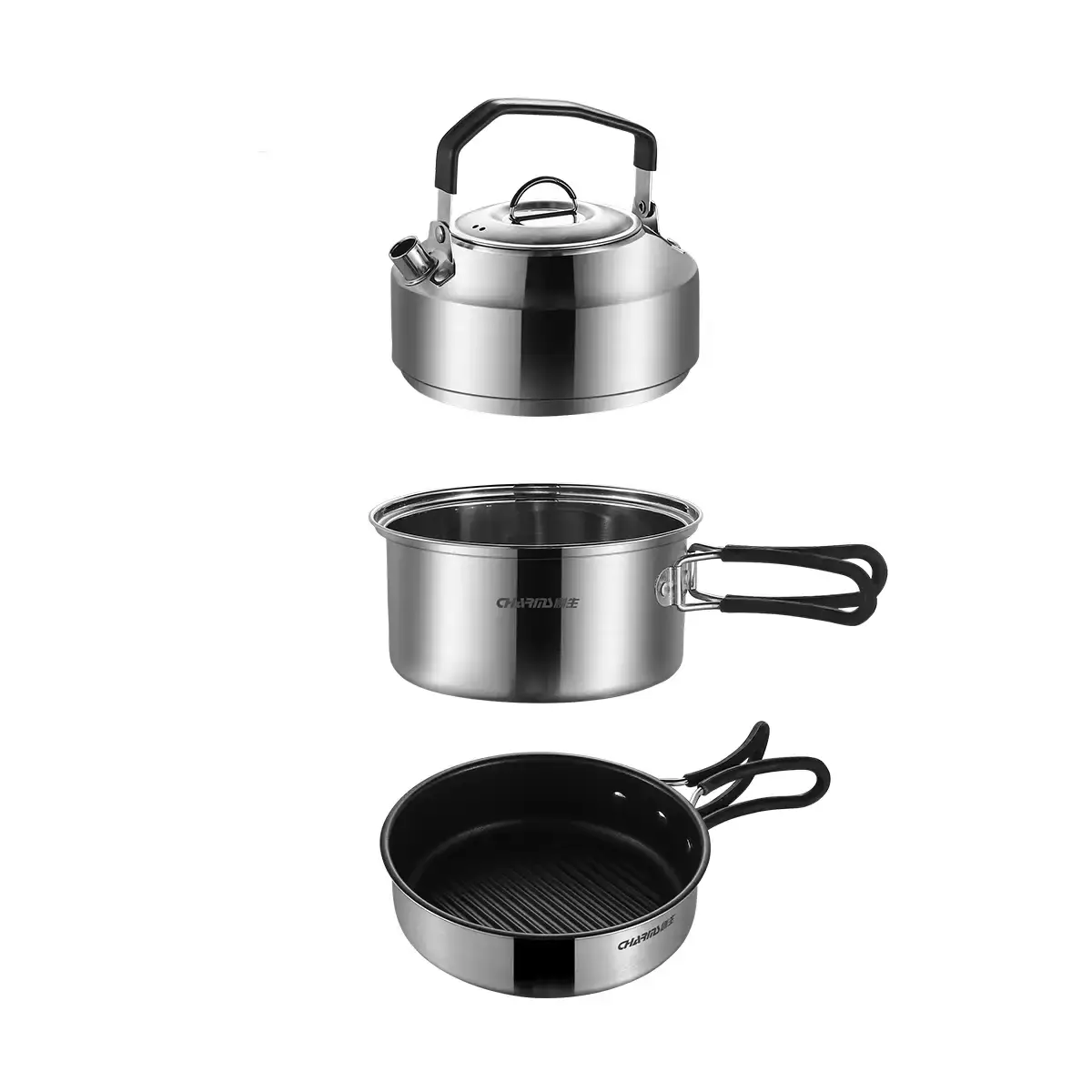The material of a good pot not only affects the cooking effect of food, but also influences the taste and texture of the food, and even your long-term cooking habits.
With over a decade of experience in the cookware industry, after trying out hundreds of cookware designs and materials, I have witnessed how the right material can be used in daily cooking. In this article, I will introduce which materials are most suitable for daily use and help you make a better choice!
1. Why the Material of Your Cooking Pan Matters
Choosing the right material isn’t just about looks or brand reputation—it’s about performance and safety. Each cooking material conducts heat differently, reacts uniquely with food, and requires specific care.
-
Heat conductivity – how fast and evenly it heats up
-
Durability – how long it lasts under regular use
-
Reactivity – how it interacts with acidic or alkaline foods
-
Maintenance – how easy it is to clean and maintain
-
Flavor impact – how it influences taste and texture
For anyone cooking every day—whether you’re making a quick breakfast or preparing family dinners—understanding these factors helps you choose pans that make cooking effortless and consistent.

2. Common Materials Used for Cooking Pans
| Material | Heat Conductivity | Durability | Reactivity | Maintenance | Typical Use |
|---|---|---|---|---|---|
| Stainless Steel | Moderate | Very High | Non-reactive | Easy | Searing, sautéing, sauces |
| Aluminum | Excellent | Moderate | Reactive (unless coated) | Moderate | Frying, general cooking |
| Cast Iron | Good (retains heat well) | Extremely High | Slightly reactive | High | Stews, frying, grilling |
| Carbon Steel | Good | High | Reactive | Moderate | Stir-frying, searing |
| Non-stick (PTFE / Ceramic) | Very Good | Moderate | Non-reactive | Very Easy | Eggs, pancakes, delicate foods |
| Copper | Excellent | Moderate | Highly reactive | High | Professional precision cooking |
Each of these materials offers a distinct cooking experience. The key is understanding how they behave in everyday use.
3. How Different Materials Affect Cooking and Flavor
Stainless Steel – The Reliable All-Rounder
In my experience, stainless steel pans are the most dependable for daily use. They’re non-reactive, durable, and distribute heat evenly when layered with aluminum or copper cores. Stainless steel also maintains the integrity of your food’s flavor—no metallic aftertaste, even with acidic ingredients like tomatoes or vinegar.
It’s ideal for those who like to build fond (the caramelized bits at the bottom of the pan) and deglaze it into rich sauces.
Best for: Searing meats, sautéing vegetables, and versatile cooking.
Aluminum – Lightweight and Responsive
Aluminum pans heat up quickly, making them perfect for fast-paced cooking. However, pure aluminum reacts with acidic foods, which is why most quality aluminum cookware is anodized or coated.
From factory experience, anodized aluminum offers a great balance—fast heating, affordable production, and a sleek finish.
Best for: Everyday frying, quick heating, and lightweight cooking.
Cast Iron – The Traditional Performer
Nothing retains heat like cast iron. Once heated, it maintains a steady temperature, perfect for slow-cooked dishes or searing steaks. However, cast iron requires regular seasoning and care to prevent rust.
Chefs love it for its natural non-stick surface that improves with use. That said, it’s heavy and not ideal for those who prefer quick cleanup.
Best for: Frying, stews, and oven-to-table dishes.
Carbon Steel – The Chef’s Secret Weapon
Carbon steel behaves similarly to cast iron but with a smoother surface and faster heat response. It’s often used in professional kitchens for stir-fries and crepes.
However, like cast iron, it needs seasoning and proper maintenance. When treated well, it can last a lifetime.
Best for: Woks, searing, and high-heat cooking.
Non-stick – The Modern Convenience
For daily cooking, non-stick pans are unmatched in ease. They require minimal oil, clean effortlessly, and are perfect for delicate foods. The key, however, is quality.
Low-quality coatings can wear off quickly or release harmful fumes when overheated. That’s why Charms uses Korean high-frequency brazing technology and strict ISO-certified processes to ensure coating durability and safety.
Best for: Eggs, pancakes, and low-fat cooking.
Copper – The Professional’s Choice
Copper pans offer unmatched precision and heat control. However, they’re reactive and often require a stainless-steel lining. Their maintenance and price make them less practical for everyday home cooking, but ideal for professionals seeking ultimate control.
Best for: Gourmet and temperature-sensitive dishes.
4. Which Material Is Easiest to Clean and Maintain?
If ease of cleaning is your priority, non-stick and stainless steel are clear winners. Non-stick pans wipe clean effortlessly, while stainless steel resists stains and discoloration.
For heavy-duty options like cast iron or carbon steel, proper seasoning and drying are essential. Copper, while beautiful, demands polishing to maintain its shine.

5. Are Non-stick Pans Suitable for Everyday Use?
This is one of the most frequent questions I get from clients and partners.
The short answer: Yes—but quality and handling matter.
A well-made non-stick pan can last for years with proper care. The key is to avoid metal utensils and extreme heat. At Charms, our non-stick pans undergo rigorous quality testing to ensure long-term coating integrity.
Non-stick cookware is ideal for daily breakfast, quick lunches, and light dinners. It’s not just convenient—it promotes healthier, low-oil cooking habits.
6. How to Choose the Right Material for Your Everyday Cooking
Here’s how I typically advise clients and home cooks to decide:
-
Consider your cooking habits.
Do you cook quick meals or slow roasts? Fast, even heat (aluminum) suits the first; steady, high retention (cast iron) suits the second. -
Think about maintenance.
If you prefer low-maintenance cookware, stainless steel or non-stick is best. -
Evaluate weight and comfort.
Cast iron may last decades, but its weight isn’t for everyone. -
Match the material to your stove.
Induction cooktops need magnetic bases (stainless or cast iron). -
Look at long-term value.
Investing in quality saves money over time. Inferior coatings or thin metals warp, peel, and need replacement.
7. Which Material Offers the Best Value for Everyday Use?
After years of testing and manufacturing pans for global brands like Supor, the professional conclusion is clear:
Stainless steel with an aluminum core offers the best overall value for everyday cooking.
It combines durability, safety, and versatility, with even heat distribution and minimal maintenance. For most households and professional users, it strikes the perfect balance between performance and practicality.
For those seeking comfort and speed, a high-quality non-stick pan complements a stainless steel set perfectly—ideal for breakfast or delicate dishes.

8. Conclusion
Every pan tells a story—of craftsmanship, precision, and the meals it helps create. Choosing the right material isn’t just a technical decision; it’s an investment in consistency, flavor, and long-term reliability.
At Charms Cookware, with a 40,000-square-meter modern facility, 300+ automated production lines, and over 50 global patents, we’ve learned that great cookware starts with great materials. Our mission is to blend innovation, safety, and performance so that every meal—whether simple or sophisticated—begins with the right pan.
Cooking is an everyday art. And the right material makes every dish a masterpiece.




